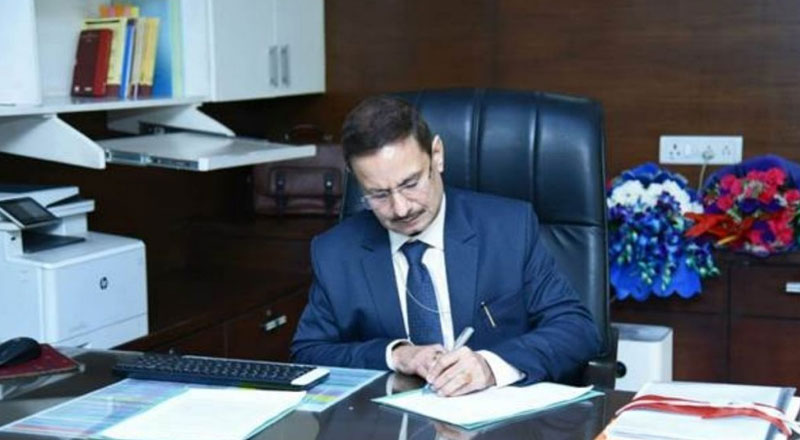Pioneering Milestone in Remote Surgery
In a groundbreaking medical achievement, Chinese doctors have successfully performed the world’s first satellite-based robotic surgeries, connecting patients in Beijing with surgeons operating from Lhasa, Tibet, more than 5,000 kilometers away. This advancement redefines the limits of remote surgery, previously constrained by terrestrial 5G networks. The procedures were powered by the Apstar-6D satellite, marking a historic leap in surgical technology and healthcare accessibility.
Breaking Boundaries: Satellite-Enabled Precision
Unlike traditional 5G telesurgery systems—limited to around 5,000 kilometers due to latency and infrastructure constraints—this operation used a satellite orbiting 36,000 kilometers above Earth to establish a seamless connection between surgeons and patients. This technological shift enables ultra-long-distance surgeries, making remote operations viable even in the most isolated areas.
The surgeries included complex liver procedures, underscoring the capability and accuracy of robotic-assisted surgery even across extreme distances. Surgeons successfully operated on a 68-year-old liver cancer patient and a 56-year-old with hepatic hemangioma, with each procedure lasting between 105 and 124 minutes.
Minimal Latency, Maximum Efficiency
One of the most critical aspects of remote surgery is latency—the delay between a surgeon’s command and the robot’s response. Despite the vast distance and satellite relay, the Chinese surgical team maintained minimal latency, ensuring high levels of precision and patient safety. This mirrors prior success from 2024, when Dr. Zhang Xu performed a prostate removal surgery between Rome and Beijing with a latency of just 135 milliseconds.
In this latest success, both patients experienced only 20 mL of blood loss, suffered no major complications, and were discharged within 24 hours—comparable to outcomes from traditional in-person surgeries.
Revolutionizing Healthcare Access
This innovation represents more than a technological breakthrough—it has the potential to revolutionize access to surgical care. By removing reliance on land-based internet infrastructure and extending the effective operating range of surgical robots to over 150,000 kilometers, this model can be deployed in:
· Disaster-hit regions such as earthquake zones
· Remote and rural communities with no access to surgical specialists
· Battlefields, where time and geography hinder life-saving care
According to Professor Liu, a senior member of the medical team, “This is critical for battlefield and earthquake rescue operations where traditional medical access is impossible.”
Chinese Innovation at the Forefront
The success was made possible by domestically developed technologies—both the robotic surgical systems and the satellite communication network are products of Chinese engineering. The operation not only positions China as a leader in space-age medical technology but also demonstrates the country's strategic investment in blending aerospace and healthcare innovation.
The use of the Apstar-6D satellite, specifically designed for high-speed data communication, ensured stable and secure links throughout the surgical process. This reinforces the feasibility of replicating such interventions in real-world crisis zones or in underserved regions globally.
A Glimpse into the Future of Surgery
The long-term implications of this success are profound. With clinical validations underway, China plans to integrate satellite-assisted surgeries into its regular healthcare system. Future applications could include:
· Trauma care in combat zones
· Emergency surgeries during natural disasters
· Expanding access to specialized expertise in remote islands or developing countries
· Routine care in space missions, as medicine adapts to interplanetary exploration
Bridging the Health Divide Through the Sky
The successful completion of satellite-powered robotic surgeries marks a watershed moment in modern medicine. By breaking through the physical and technological barriers that once limited remote surgical care, China has opened the door to a future where geography no longer dictates access to life-saving procedures.
As clinical use scales and other nations follow suit, this model could set a global standard, especially for humanitarian crises and underserved populations. What once belonged in the realm of science fiction is now poised to become a standard feature of 21st-century healthcare—powered by space, guided by expertise, and driven by a mission to reach every patient, everywhere.
(With agency inputs)






















